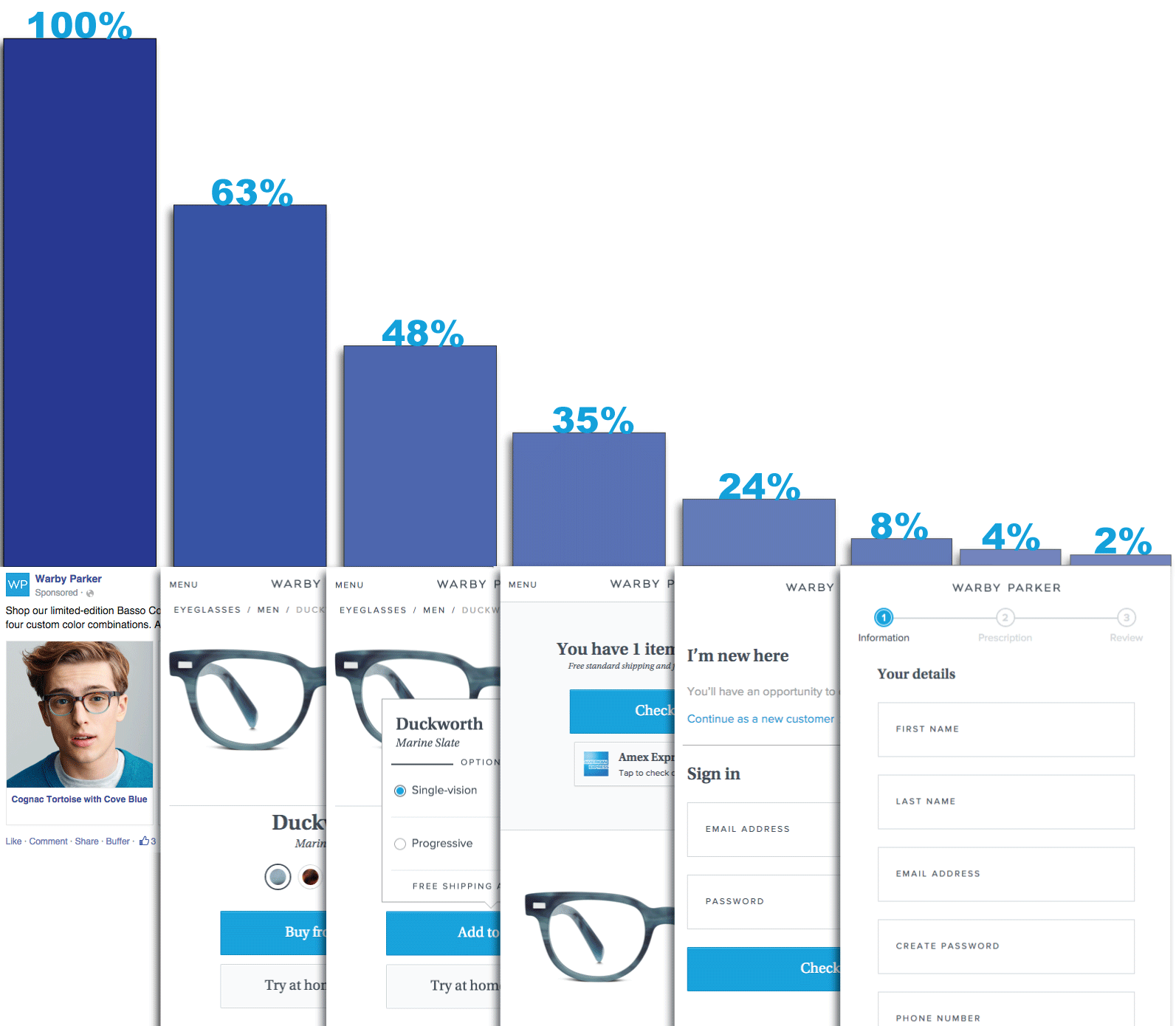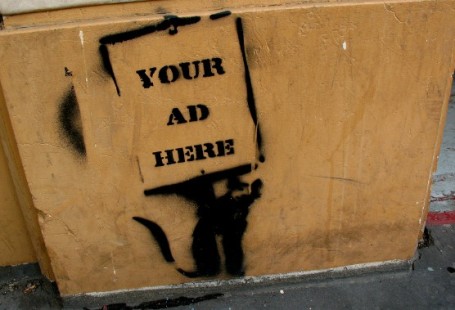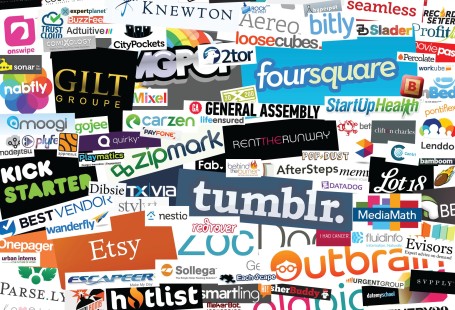If you’re a marketer, you need to get this phrase tattoo’d on your body somewhere. Please, for the love of god, stop filling leaky buckets!
Let me explain: A leaky bucket is a term for a product that does not retain users or a funnel that does not convert a positive number of users. If you can’t retain a cohort of users long enough to fulfill your product’s main objective, you have a leak. Some companies will avoid the ugly truth that they are bleeding users just as fast as they generate them because they do not generate cash from their products and don’t see the urgency in retention.
To illustrate my point, here is what a conversion funnel looks like for Warby Parker. Above the images, there is a percent to represent what portion of users make it to that step. As you can see, only 2% of users that click their Facebook ad end up completing the purchase process.
(Note: These are made up numbers to serve the points I am making)
Is this a leaky funnel? Yes. But, that isn’t always a bad thing.
Performance of a funnel is situational, and as stated before the effectiveness is determined by the campaign’s objective. In Warby Parker’s case, there are two numbers that we need to know, CPC (cost per click) and PPU (profit per unit sold). If the CPC for their Facebook ad is $1 and they their PPU is $20, this would be considered an absolutely failed funnel. For every $100 spent on advertising, they would be receiving $40 back. But, if their average PPU was $100 and the CPC stays the same, they would be doubling every dollar that they put into advertising.
The difference between having a leak, and hitting an iceberg
As you can tell, when the numbers are in front of you, the decision making process is very clear. But, some companies fail to fully determine the source and severity of their leaks before scaling. If you can’t break down a funnel to a point where you mathematically calculate that you are reaching an acceptable cost per user, you aren’t ready to scale. If you were to try to scale with a leaky funnel, you will burn through advertising money and turn off otherwise interested users.
Hold them or fold them.
Iteration is the key to a successful funnel. Whether it is changing ads to lower the CPC, simplifying the landing page to make a clearer value proposition or just introducing faster payment options like PayPal, there are hundreds of ways to plug the leaks in your funnel. But, if you can not make significant dents in the conversion rate between steps after a few iterations, your best bet is moving on to the next largest hole in the bucket. Focus on optimizing between two steps in your funnel at a time. Measurement as a whole is far too large to control the overall outcome, so it is best to pick your largest hole and move your way down the list. If you can not achieve your goals after optimizing every step in your funnel, it’s time to scrap your process and start over.
This is one of the hardest truths that I have come to terms with. Not every funnel has a chance at success. It may not be obvious at first due to being starry eyed and delusional, but somethings just aren’t meant to work. No matter how many times you optimize your funnel, selling custom made lightsaber night lights for $1,000 is just not a plausible business. Your product could be bad, the market might not exist, and maybe you just aren’t capable of producing a feedback loop to optimize sales. In the end, always trust your metrics, not your gut.




